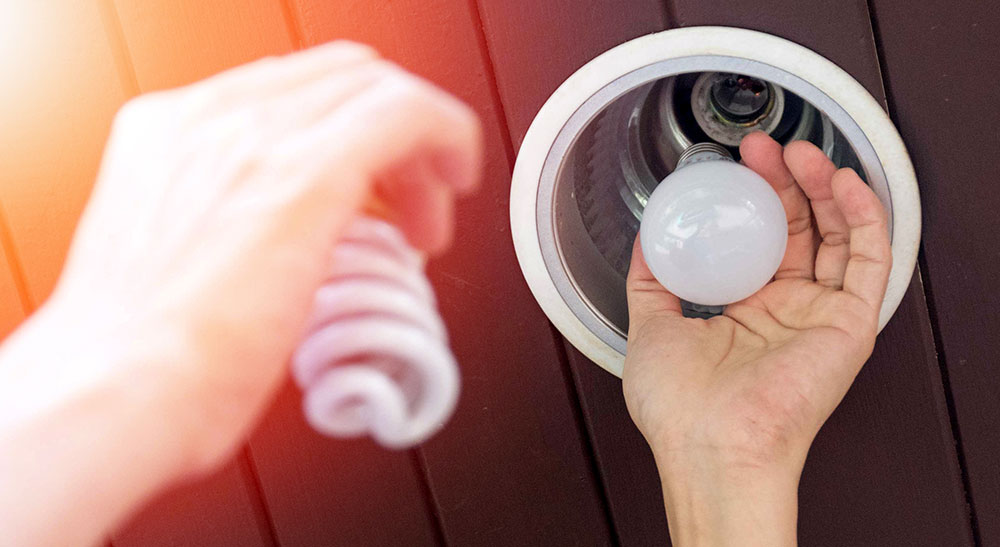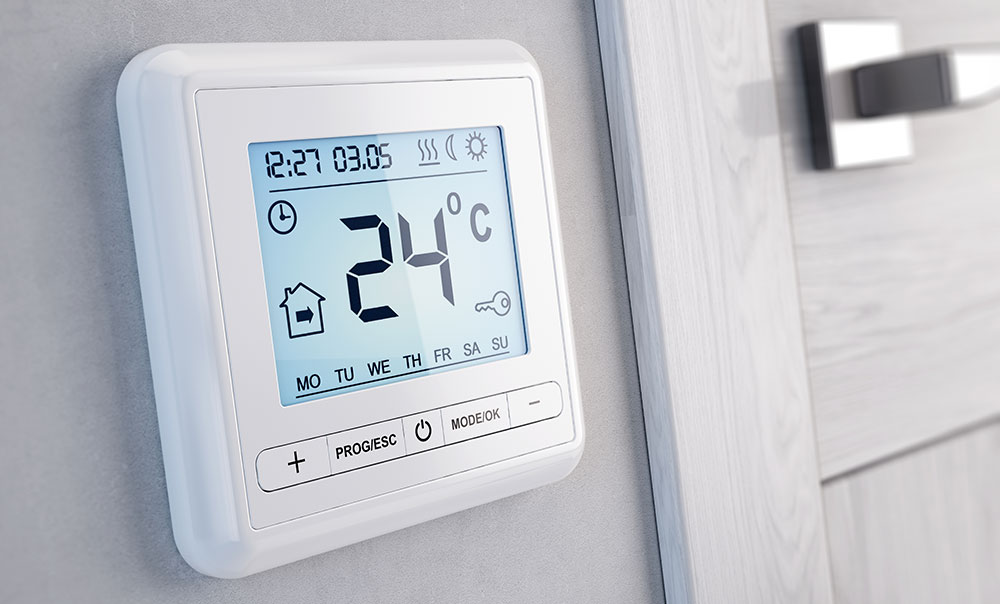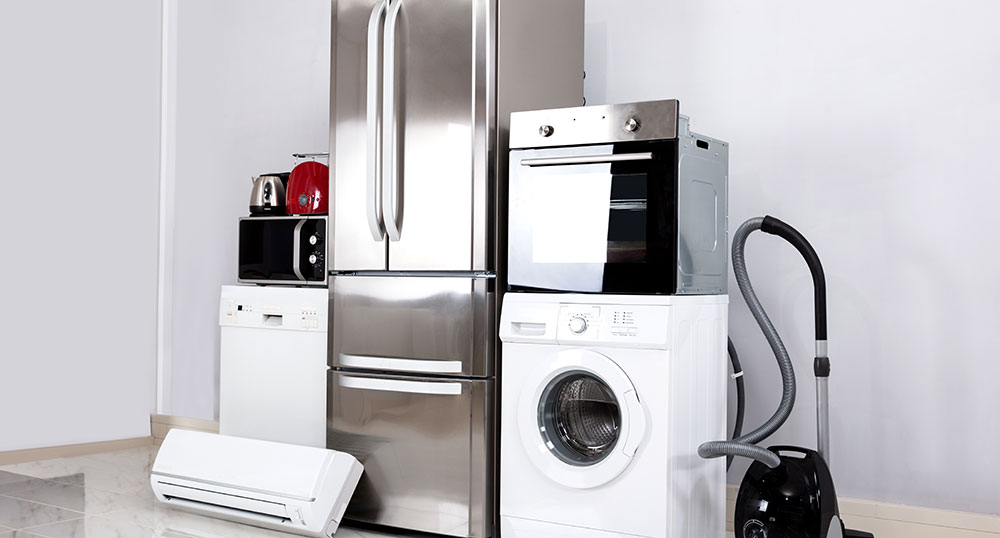Green Guide
Green facts and energy-saving ideas
Everything from lighting the house to washing clothes affects your electricity bill. With a few adjustments, you can lower energy consumption – good for your wallet and the planet.
Lighting
Simply replacing the light bulb can have a positive impact on your electricity bill. According to the Environmental Protection Agency, you can save up to $75 a year using low-energy bulbs in the five most common lamps in your home.
Some common area you can consider replacing are:
- Ceiling light for the kitchen
- Living room/family table and floor lamp
- Outdoor porch
Depending on the type you choose, the EPA estimates that energy-saving lamps can last 25 times longer than standard lamps and use 25% to 80% less energy than standard lighting.
Heating and cooling
Almost 50% of the energy consumed by households is used for heating and cooling. Regular maintenance of the devices will ensure that they are working at maximum efficiency, and you can save energy as much as possible.
- Replace the air filter on the stove or air conditioner. Clogged filters and dirt significantly reduce system efficiency and air quality in the home. Replace the filter monthly or as the manufacturer recommends.
- Keep the ventilation slots free. Move curtains, blankets, and furniture away from heat collectors and air vents. The free flow of air in the oven or the air conditioning system offers more convenience and saves money.
- When replacing heating and cooling equipment, choose a highly efficient model. If the furnace’s Annual Fuel Efficiency (AFUE) is 90% or more, it can be considered high efficiency. The Seasonal Energy Efficiency Class (SEER) of air conditioners is 13-25. Your HVAC technician can help you select equipment of the right quality and efficiency for your home.
- Install a programmable thermostat. Proper use of a programmable thermostat can save about 10% on your electricity bill every year. There are even “smart” models that allow you to control the temperature of your home with your smartphone from almost anywhere.
- Seal leaking heating and cooling pipes. Even small leaks can lead to higher utility bills. A properly sealed duct can save you money in heating and cooling bills every year.
Green guide to replacing the appliance
When you buy large home appliances, the last thing you think about is how to get rid of them. However, every year people replace the most important electrical appliances in the home, and every year people want to know how to handle old, worn-out electrical appliances.
One of the best ways to get rid of unwanted equipment is to recycle it.
This is our green guide to removing old devices.
Disposal of large household appliances
When it comes to dishwashers, washing machines, refrigerators, and even ovens, too many people toss them in the dump. Since these devices are not biodegradable, they will rust, and some of them can leak hazardous materials and eventually take up the landfill space. This is the worst choice considering the health of the environment.
1) Responsible Appliance Disposal (RAD)
The first thing you should do as recommended by Scientific American is to check with your local waste disposal agency for free collection and a discount.
In 10 states and Ontario, Canada, some offices have partnered with a company called Responsible Appliance Disposal (RAD) to provide this service. The program was started in October 2006 to protect the ozone layer and reduce greenhouse gases.
2) Resell or Donate
If you don’t have access to any of these programs in your area, you still have two options. If your device is still usable, please consider advertising on Craigslist or similar services to make a small amount of money. If you feel like you don’t have time for it, you can always donate your old gear to places like Goodwill or anywhere where donations are accepted as charity. These organizations will sell items and donate the proceeds to charities.
Most people will even come to collect items, and your donation is tax-deductible. If there isn’t a viable charity donated to your neighborhood, many communities offer shuttle services to recycle certain electrical appliances.
3) Scrap Metal
The last option you can choose is to sell or donate scrap equipment for scrap metal. Your stove, refrigerator, freezer, and washing machine contain valuable metals that can be reused by builders and manufacturers.
This process is not as environmentally friendly as donating, reselling, or sending equipment to an EPA recycling center. Therefore, let this be your last option.


